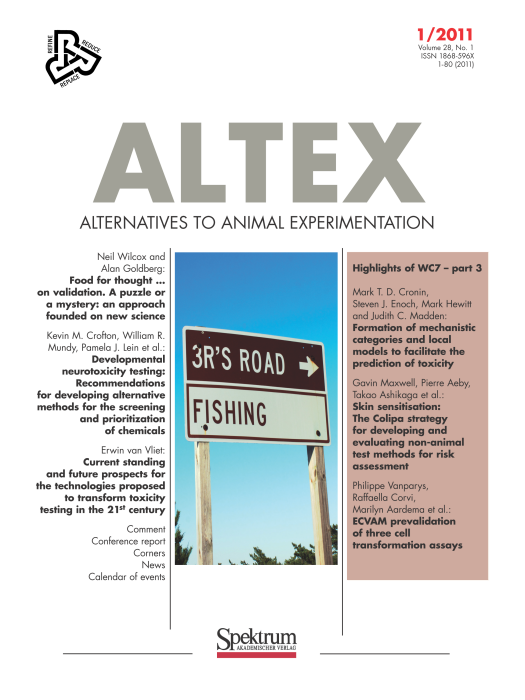Formation of mechanistic categories and local models to facilitate the prediction of toxicity
Main Article Content
Abstract
There is a range of in silico techniques that can be applied to predict the toxicity of chemicals. This paper discusses the use of methods to create “local” models, particularly based around category formation and read-across, to predict toxicity. Specifically, this is illustrated with regard to categories for predicting skin sensitisation and teratogenicity. These were formed using mechanistic and structural similarity techniques to group chemicals. Local QSAR models based on grouping chemicals have the advantage that they are transparent, simple and mechanistically derived. In addition, there are a number of freely available software tools to assist in their derivation. The disadvantages include that they are labour-intensive to develop and restricted to local areas of chemistry.
Article Details
Articles are distributed under the terms of the Creative Commons Attribution 4.0 International license (http://creativecommons.org/licenses/by/4.0/), which permits unrestricted use, distribution and reproduction in any medium, provided the original work is appropriately cited (CC-BY). Copyright on any article in ALTEX is retained by the author(s).


